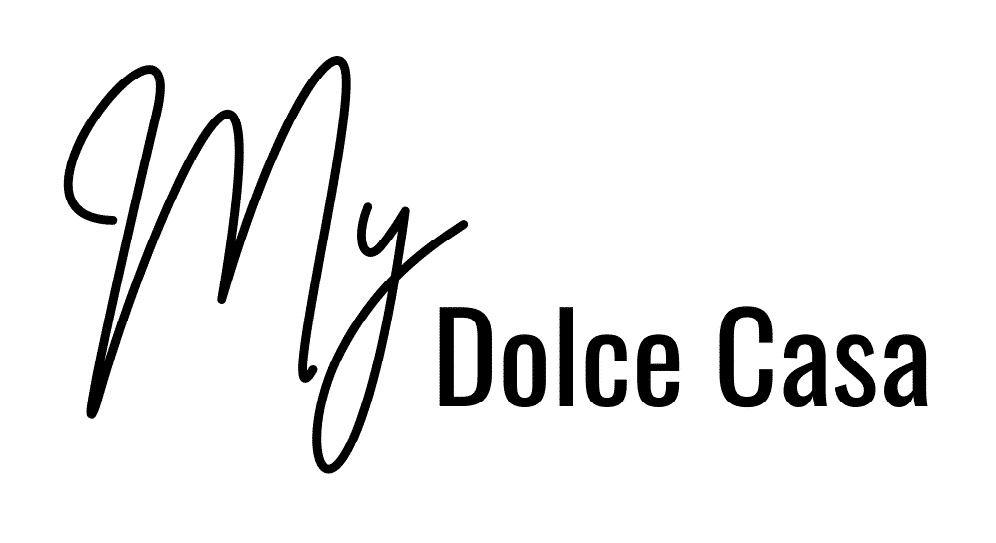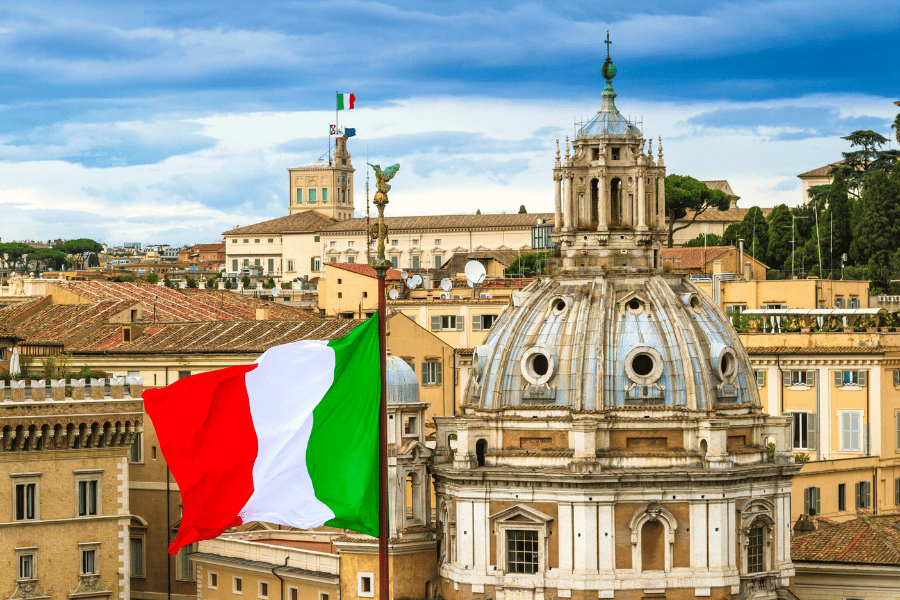So, you’re moving to Italy for a job or to retire. After you’ve settled in, found an apartment, and gotten your documents all together, you should plan to set up an account with one of the local banks. Though it’s not a legal requirement, an account with an Italian bank account is necessary for most rental agreements, purchasing property, or paying bills.
After the many steps you’ve taken, like getting your visa, registering with the local municipalities, and getting your documents in order, you may be overwhelmed and exhausted by the idea of opening up a bank account.
Many major banks are available to you when you get to the country, but there are a few things you’ll need before you can open a bank account in Italy.
How to choose the best Italian bank for you
Unfortunately, a majority of Italian cities don’t have the big international banks that you’d see in countries like France or the UK. However, there are some big banks you can choose from that are all throughout the country. We’ll take you through just a few recommendations, though there are many options out there.
- Unicredit is probably the biggest and highest-rated bank in all of Italy, and the bank also has a strong reputation on the international stage. The best part about this vendor is they have locations throughout all of Italy. Finding a branch or ATM won’t be hard if you need some cash quickly.
- BNL, or Banco Nazionale del Lavoro, is another bank that has branches throughout the country. The main draw for this bank is they offer “payback,” like a credit card rewards program, that gives you cash back for purchases on certain items.
- Poste Italiane isn’t only a postal service; they offer bank accounts, too. The main benefit of opening an account with Poste Italiane is that they’ll have offices throughout the country, even in the smallest and most remote villages.
You can also open an online or mobile bank account, like Wise, which allows you to manage your money from anywhere. However, if you have a lease with an Italian company or landlord or have utility bills, you may have some difficulty paying these with an account not specific to Italy.
If you’re coming to Italy for a specific job, it would be a good idea to ask your Human Resources or coworkers what bank they went through. Major expat employers like the United Nations often have partnerships with local banks that will make the process much easier for you.
One major downside to opening an account in Italy is that banks often charge foreigners €100 or more to open up an account, especially if you don’t have the correct documentation.
Different types of Italian bank accounts
Italian banks offer the same services as major American or European banks. When opening an account, you’ll usually have access to online banking, checkbooks, debit and credit cards, and automatic bill payment.
The specific options and requirements for accounts may vary slightly between different banks, but here are the common types of Italian bank accounts for foreigners:
- Non-resident bank account (conto corrente per non residenti): This type of account is specifically designed for non-residents of Italy. It allows foreigners who do not have permanent residence in Italy to have a bank account in the country.
- Resident bank account (conto corrente residenti): If you plan to live and work in Italy for an Italian company, you may need to open a resident bank account. This account is intended for individuals who have obtained residency status in Italy.
- Joint account (conto corrente joint): A joint account allows two or more individuals to share ownership and access to the account. It can be opened by couples, family members, or business partners. All account holders have equal rights and responsibilities for managing the account. If you’re moving to Italy with your partner or spouse, getting a joint account will save you from the extra charges of opening multiple accounts.
- Savings account (conto di risparmio): A savings account is designed for individuals who want to save money and earn interest on their deposits. It offers a lower level of liquidity compared to a current account, meaning there may be restrictions on the number of withdrawals or higher fees for transactions. Savings accounts can be opened by both residents and non-residents, typically with similar requirements as a current account.
- Online bank account (conto corrente online): Many Italian banks offer online bank accounts, allowing you to manage your finances through Internet banking platforms. These accounts are convenient and often have lower fees than traditional brick-and-mortar bank accounts.
Keep in mind that there are additional bank account options for specific cases, like student accounts, for example, that some banks may offer.
What do you need to open an Italian bank account?
The first step you should take is to collect the documents you need:
- Valid Identification (Passport, etc.)
- Italian tax code documentation (codice fiscale)
- Anti-Money Laundering (AML) compliance
- Proof of employment, enrollment in an educational institution, or residence permit
- Proof of address (lease)
Requirements may differ depending on the bank you’re opening an account with. Additionally, some banks may require you to deposit a certain amount of money into your account, and some banks charge foreigners a flat fee for opening an account. Do a little research before opening an account to know the exact costs.
Final steps to opening a bank account in Italy
When searching for the best bank for your needs, your best bet is to contact banks around your home and ask them about the account options, fees, and opening costs. Additionally, if you don’t speak Italian, you can email banks to set up appointments with workers that speak English.
After you have all your documents in order, an appointment will be required, as Italians love physical paperwork. The bank will make copies of your documents while walking you through their book-length contract explaining the details, and asking you to sign. The bank will provide you with a copy of the contract, as well.
Once you’re done signing the contract, in most cases, your bank account will be opened immediately, and you’ll leave with a debit card you can activate immediately.
A side note is that this process may differ depending on your situation and the bank you’re opening an account with. Some may have a waiting period to confirm your documents; others may require a higher fee or monthly charge for opening an account. Be sure to do research on each bank before opening an account.
Italian banks fees: What to lookout for
Bank fees vary from institution to institution, and while some banks will charge you €100 or more if you don’t have a codice fiscale, many won’t charge you a fee to open an account, there are some additional fees you should consider:
- Wire transfers are cheaper in Italy than in the US (cheapest in the US is $15 per transfer, in Italy, it’s usually less than €1).
- You can set up autopay for bills, but banks charge you every time money is automatically withdrawn (usually less than €1).
- Many banks have quarterly fees to keep your account open (fees vary, usually less than €10)
- Annual fees to keep a debit card, which vary from bank to bank.
Final thoughts
Though opening an account with an Italian bank may require some legwork at the beginning, the process is actually quite easy and quick. Once you have all your documents in order, research the bank’s requirements, and set up your appointment, you should leave the bank with your own account that same day.


